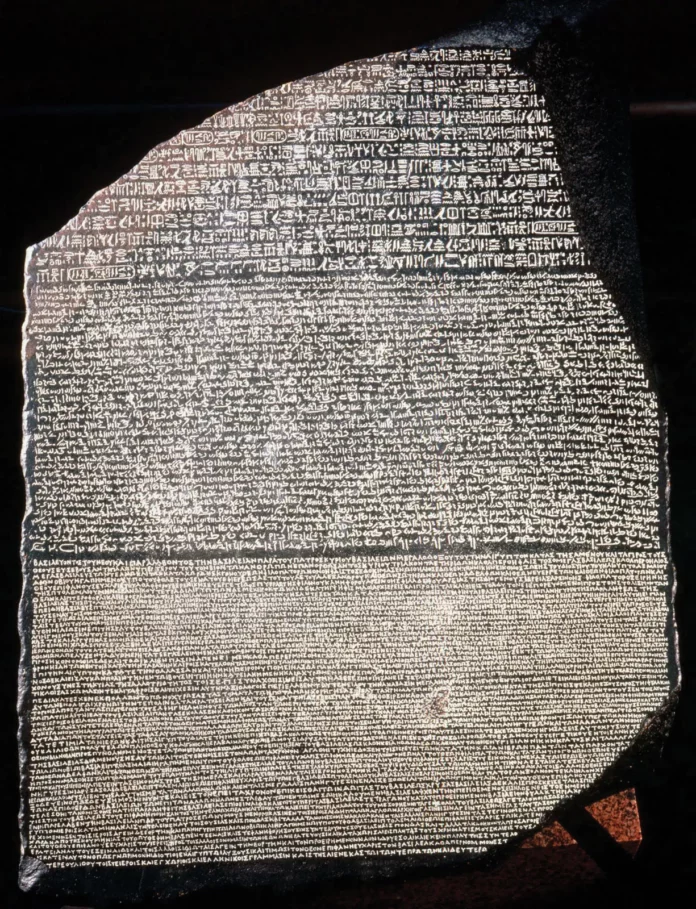The history of human civilization is adorned with enigmas and mysteries, none more captivating than the cryptic nature of ancient Egyptian hieroglyphs. These intricate symbols, rich in artistry and profound in their message, once held the stories of a remarkable civilization locked away from understanding. The breakthrough came with the discovery of the Rosetta Stone—a monumental artifact that would become the key to unlocking the secrets of Egyptian hieroglyphs.
Discovery of the Rosetta Stone
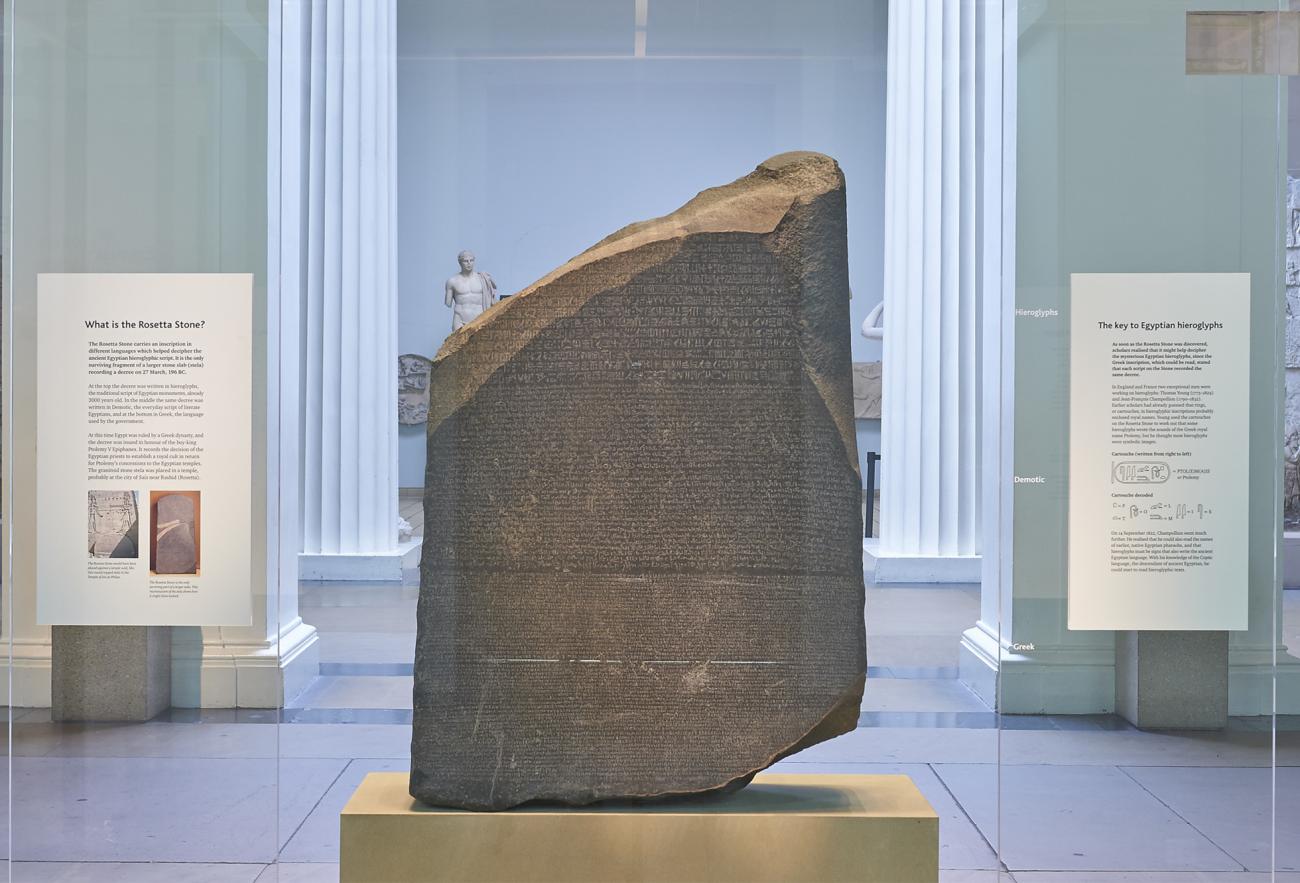
In the summer of 1799, during Napoleon Bonaparte’s Egyptian campaign, a French soldier named Pierre-François Bouchard made an extraordinary discovery. While reinforcing a fort near the town of Rosetta (modern-day Rashid), Bouchard stumbled upon a black slab of granodiorite. This stone was inscribed with text in three different scripts: Ancient Greek, Demotic, and Hieroglyphs. Recognizing the potential importance of this find, the stone was transported to Cairo for further study.
The inscriptions on the Rosetta Stone were crafted for a diverse audience of priests, government officials, and the general populace. The Greek portion of the text was readable, leading scholars to surmise that the inscriptions carried the same message across all three scripts. This realization made the Rosetta Stone a critical tool in unraveling the mystery of hieroglyphs.
Decoding the Hieroglyphs
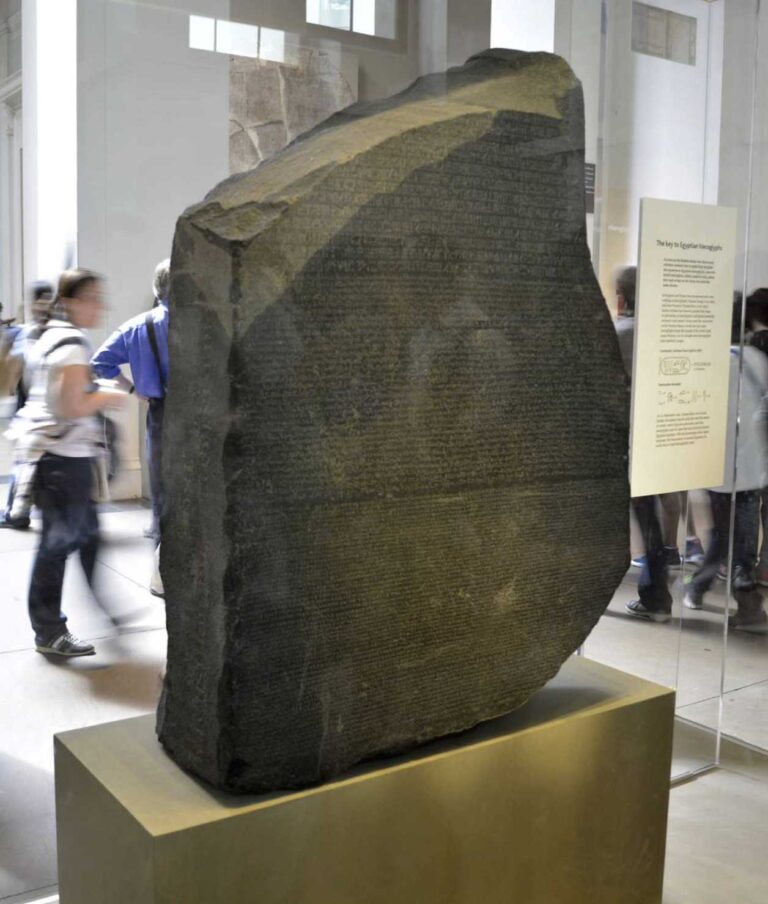
The discovery of the Rosetta Stone ignited the imaginations of linguists and scholars across Europe. Among them, one individual stood out—Jean-François Champollion, a French scholar with a deep passion for ancient Egyptian culture. While Champollion was not the only one working on this linguistic puzzle, his work proved pivotal. Thomas Young, an English polymath, had made notable progress by identifying certain sounds in the hieroglyphic script.
Champollion’s groundbreaking achievement came through his methodical comparison of the hieroglyphs with the Greek text. His meticulous efforts led to the decipherment of phonetic characters, unlocking the sounds of the Egyptian language. By 1822, Champollion announced his findings, and by 1824, his published paper provided the world with its first comprehensive understanding of hieroglyphs in over a thousand years.
Significance of the Rosetta Stone
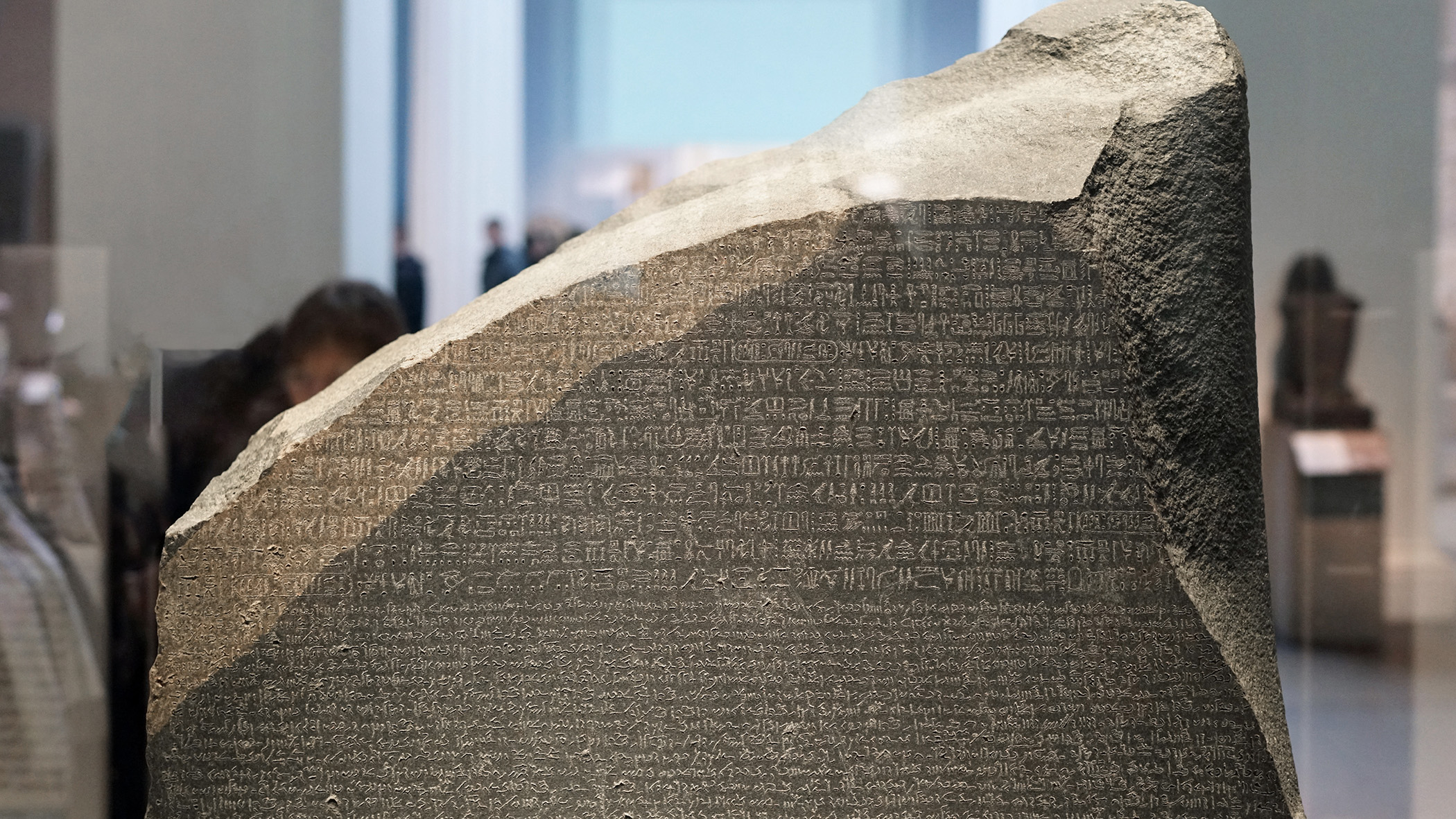
- Unlocking Egyptian History: The Rosetta Stone bridged the vast gap between ancient and modern times, enabling a deeper understanding of Egyptian history, religion, culture, and administration. The ability to read hieroglyphs brought to light the rich tapestry of Egypt’s past.
- A Symbol of Multicultural Recognition: The stone’s trilingual inscription reflects a period when diverse cultural groups coexisted in Egypt. It highlights the significance of effective communication and mutual acknowledgment between different civilizations.
- Influence on Linguistics: The Rosetta Stone underscored the importance of comparative linguistics. By analyzing various scripts, researchers uncovered hidden linguistic structures, enhancing our comprehension of language evolution and development.
The Stone Today
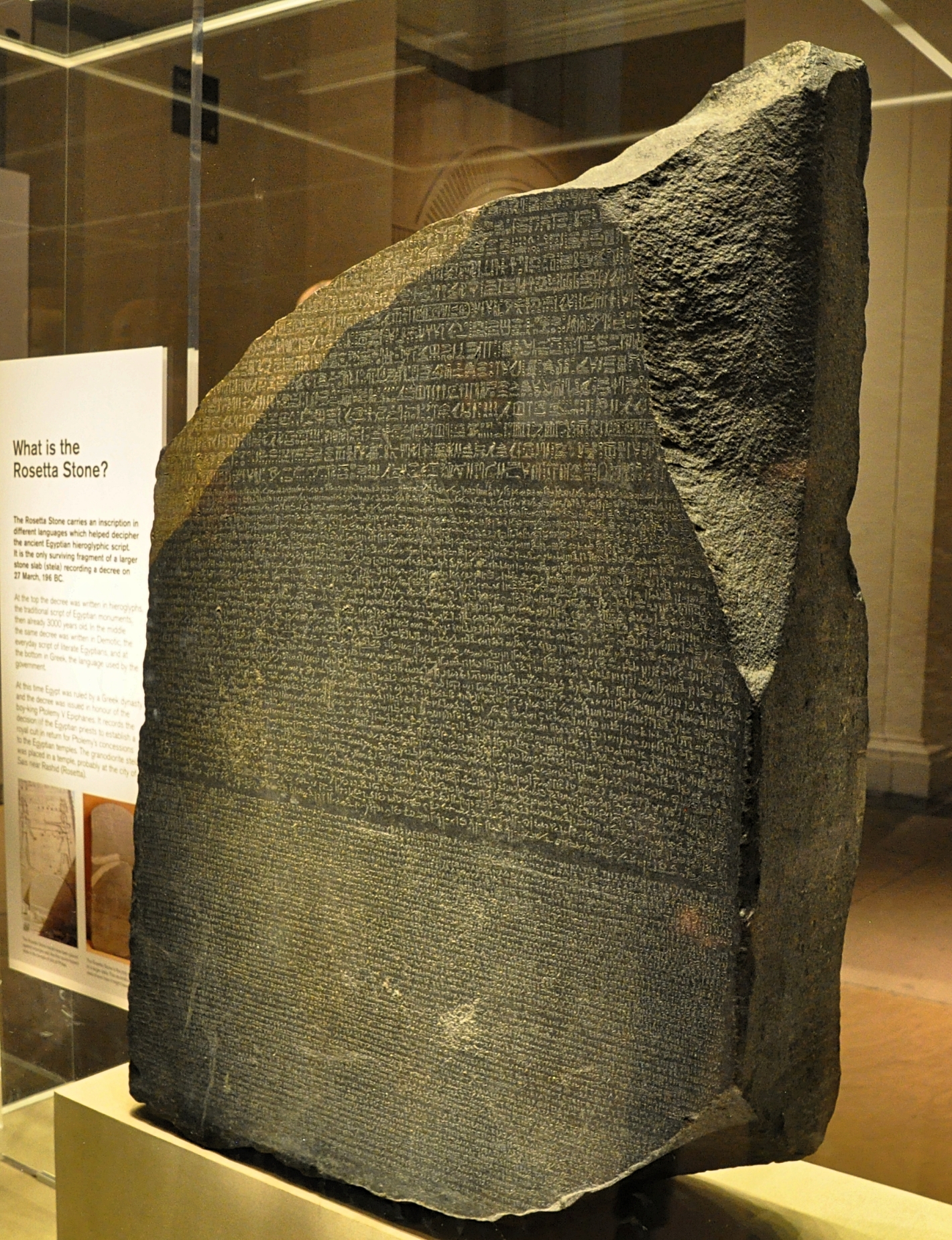
Currently, the Rosetta Stone resides in the British Museum in London, where it has been a central piece of the museum’s Egyptian collection since its arrival in 1802. The stone attracts millions of visitors each year, eager to see the artifact that unlocked the language of the ancient Egyptians.
However, the stone’s presence in Britain has sparked controversy. Egypt has repeatedly requested its return, arguing that the stone is an essential part of its cultural heritage. While discussions about its repatriation continue, the Rosetta Stone remains a symbol of human curiosity and the quest for knowledge. It underscores the interconnectedness of history and the profound impact a single artifact can have on our understanding of the past.
Conclusion
The Rosetta Stone’s journey from a forgotten slab of stone to a key to ancient Egypt’s secrets is a remarkable testament to human perseverance and intellectual curiosity. It not only revived the voices of a long-lost civilization but also illuminated the broader narrative of shared history and collective memory. The stone’s legacy endures as a beacon of discovery, reminding us of the enduring allure and significance of ancient civilizations.
